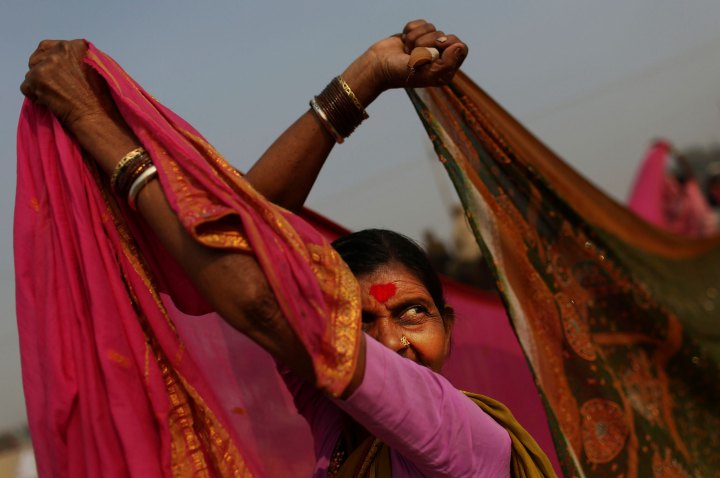What is
envy? Envy means, “I want to be seen as important and great” and if anyone is a
threat to my own egoistic ideas, then there is negativity towards that person.
SIX BASIC GUIDELINES FOR SURRENDER
1.The first is that one should accept everything that is favorable for the
discharge of devotional service, and one should be determined to accept the
process.
2.The second is that one should give up everything that is unfavorable to the
discharge of devotional service, and one should be determined to give it all
up.
3.Thirdly, one should be convinced that only Krishna can protect him and should
have full faith that the Lord will give that protection. An impersonalist
thinks that his actual identity is in being one with Krishna, but a devotee
does not destroy his identity in this way. He lives with full faith that
Krishna will kindly protect him in all respects.
4.Fourthly, a devotee should always accept Krishna as his maintainer. Those who
are interested in the fruits of activities generally expect protection from the
demigods, but a devotee of Krishna does not look to any demigod for protection.
He is fully convinced that Krishna will protect him from all unfavorable
circumstances.
5.Fifth, a devotee is always conscious that his desires are not independent;
unless Krishna fulfills them, they cannot be fulfilled.
6.Lastly, one should always think of himself as the most fallen among souls so
that Krishna will take care of him.
REF: Teachings Of Lord Chaitanya, Chapter 12
by His Divine Grace A.C. Bhaktivedanta Swami Prabhupada
This
material world is certified by the Lord in Bhagavad-gita as a dangerous place
full of calamities. Less intelligent persons prepare plans to adjust to those
calamities without knowing that the nature of this place is itself full of
calamities. They have no information of the abode of the Lord, which is full of
bliss and without trace of calamity.The duty of the sane person, therefore, is
to be undisturbed by worldly calamities which are sure to happen in all
circumstances.
This material world is
certified by the Lord in Bhagavad-gita as a dangerous place full of calamities.
Less intelligent persons prepare plans to adjust to those calamities without
knowing that the nature of this place is itself full of calamities. They have
no information of the abode of the Lord, which is full of bliss and without
trace of calamity.The duty of the sane person, therefore, is to be undisturbed
by worldly calamities which are sure to happen in all circumstances. (SB 1:8:25
Prabhupada Purport
When
we remember to always have unflinching faith in the spiritual master and the
message of Krishna, we are automatically freed from the attack of Maya.
In the material concept also everyone is trying to avoid
the onslaughts of Maya but without any success.
To the sincere devotee, however,
this ocean of Maya is easily crossed by the cool breeze of Krishna's Grace.





































